- Installing the Google Tag Manager plugin on WordPress
- Creating a Google Tag Manager account
- Setting up the GTM4WP plugin
- Export/import of ready-made Google Tag Manager container
- Setting the Global Tag of the fourth analytics
- The result of the current installation and configuration of the fourth analytics
- Formalization of the test order
- View test order results in analytics
- An example of the fourth Google analytics report
- About possible duplication of events
- Selecting an identification method
- Results. Preview of the next video

How do we start the process of setting up all analytics and conversions? Let’s start by creating a fourth analytics account. You need to go to analytics.google.com. Of course, log in with your Gmail account. Click “Create an account”. Next, you need to name it.

I’ll copy the name of the site, I prefer it, I recommend naming your accounts with your domain name so that you can always find your analytics. Because sometimes you create several sites, run different ads, and there is often a situation when you write “My site” or something else, and it is difficult to find this analytics by name, because the search strings in the analytics do not work by identifier.
How many calls and sales will I get by ordering contextual advertising from you?
I need to calculate the conversion of my website Describe
the task
in the application
Calculate potential ad revenue Google
contextual advertising calculator
Next, I go through the same process as before. I choose the appropriate country, time, currency, etc. If Ukraine – select Ukraine. If it’s another country, select the appropriate country. Let’s say in this case I choose… Let’s keep the United States and the dollar.
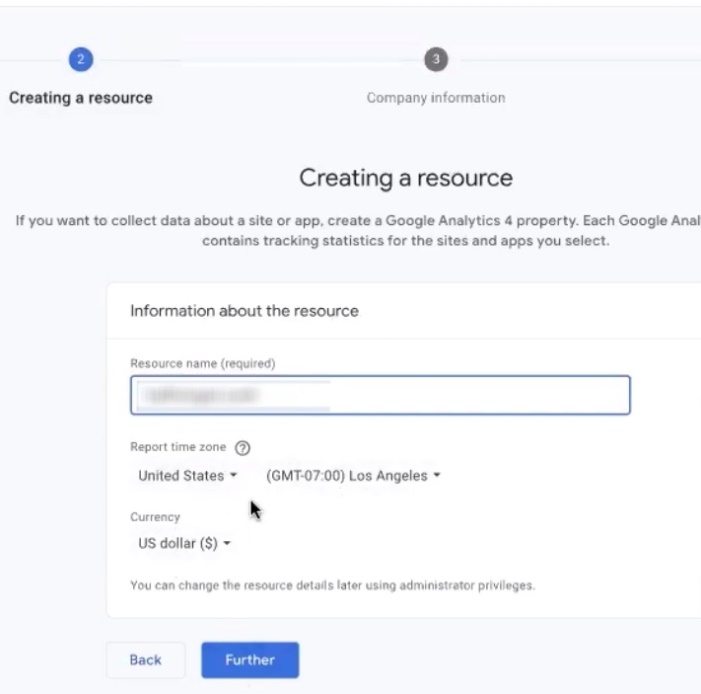
Let’s move on. It’s up to you. You can choose something if you want, or not. I choose this section.

I check all the boxes and click “Create”. You can read everything.
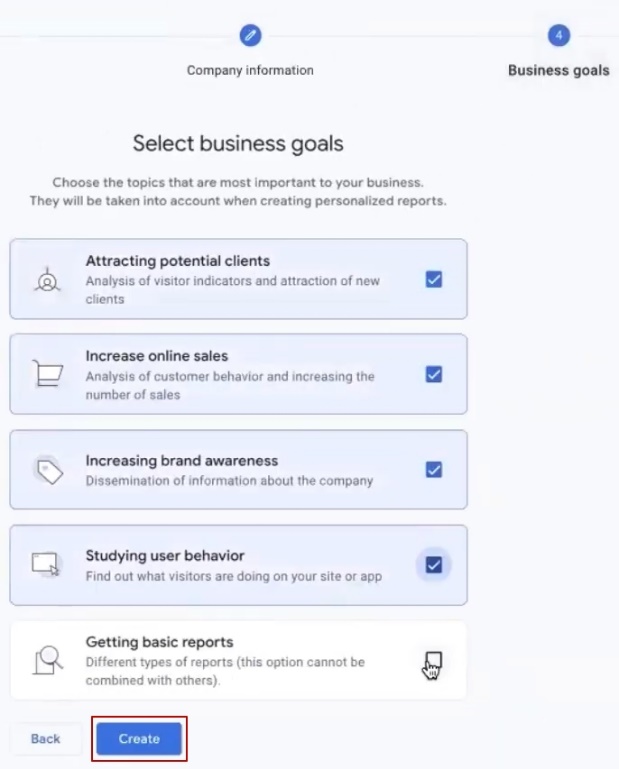
I always recommend reading, but since I’m shooting a video, I won’t proofread it.
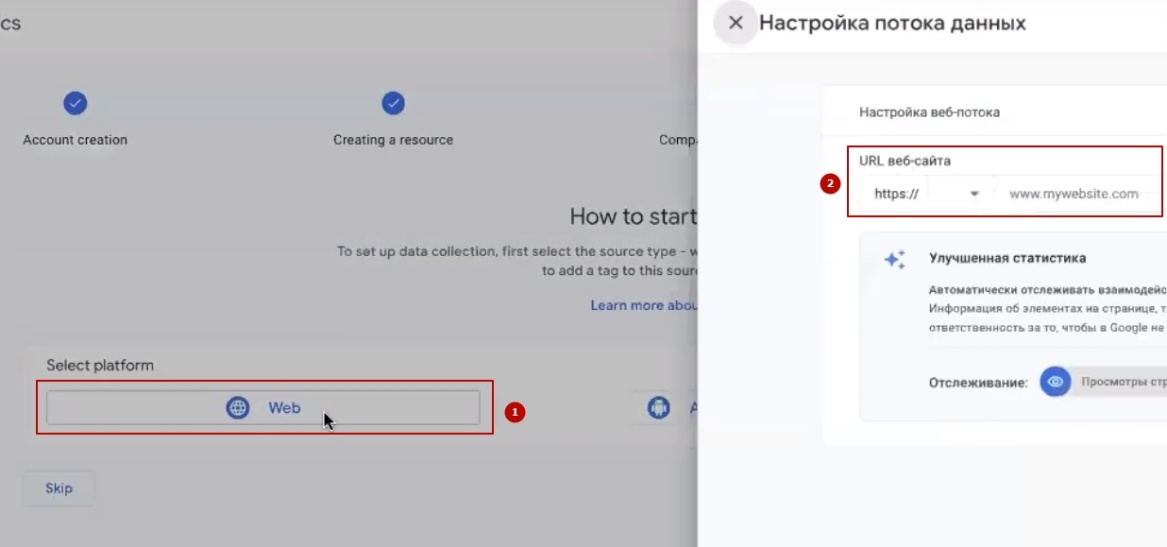
Click on “Web”. Next, paste the website. Of course, it must be on https, not http. The name of the domain is also important. All checkboxes are enabled, click “Create account”. Now the system will definitely offer to set up our analytics. But we’ll get to that later.
Installing the Google Tag Manager plugin on WordPress
Next. Since we’re going to set up Google’s fourth conversion analytics, and at the same time set up the Buy Tag with dynamic data transfer, we’ll do everything through a separate tool called Google Tag Manager. Why do I suggest using it and not another plugin? First of all, I’m showing you a cheap and cheerful, complete set of functionality that is more than enough to work with Performance Max for a long time. The second reason is that if you need to fix something, adjust it, change some data transfer. We have to remember that Google is changing now, almost every quarter, every month it updates something. Naturally, it rolls out some changes. So that you can come in and fix what you need in a second.
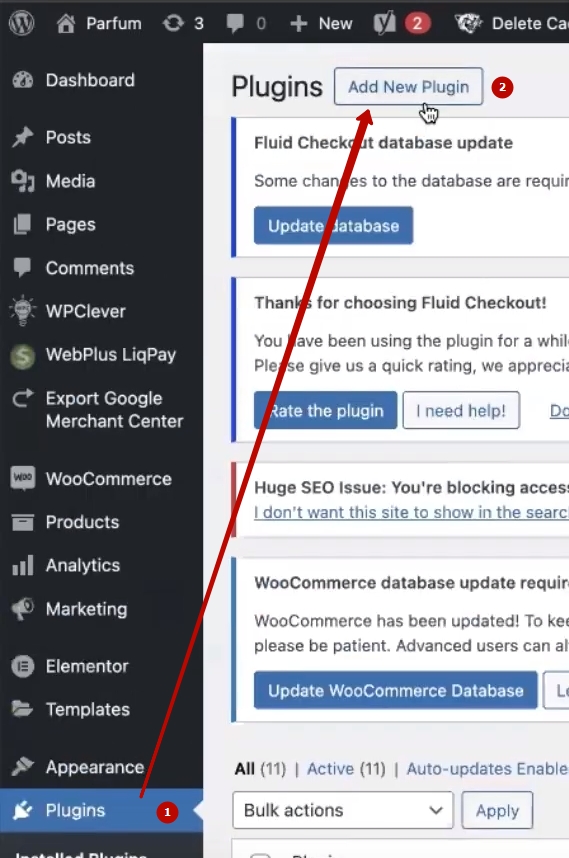
We need to install Google Tag Manager on WordPress WooCommerce, through which we implement what we need for analytics. Go to “Plugins”. Click “Add New Plugin”. Then I suggest entering the following characters in the search bar “gtm4wp”. The first plugin called A Google Tag Manager (GTM) plugin for WordPress will appear here and will be signed by Thomas Geiger. Let’s install it. Let me remind you that we’re going to set it up from zero to the end. To the maximum. We’re stuffing Google with all the information we can, cheaply and angrily. We will use the advanced settings. Be sure to click “Activate”. Once activated, we go to the plugins and now look for this plugin.
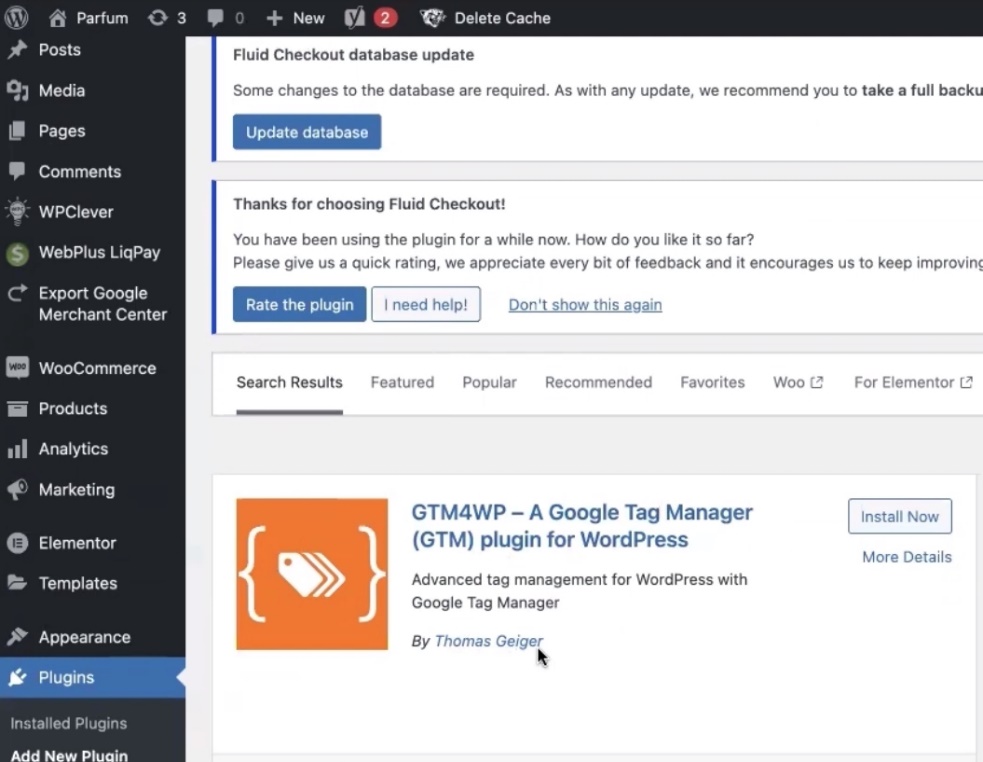
Creating a Google Tag Manager account
Click Settings. After that, the fun begins. You need to create a Tag Manager now. It’s not difficult. Here is tagmanager.google.com, click “Create account”. I copy the domain name of the site. It’s the same story as with analytics. You also represent your country. Again, the container settings. I prefer it to be called by a domain name. I select “Web” and click “Create”. Optionally, there is a small set of languages. You can proofread it if you want, or not. There’s not much of a choice – nothing will happen without agreeing to this checkbox.

We have created a Google Tag Manager account. What do we do next? Be sure to copy the identifier
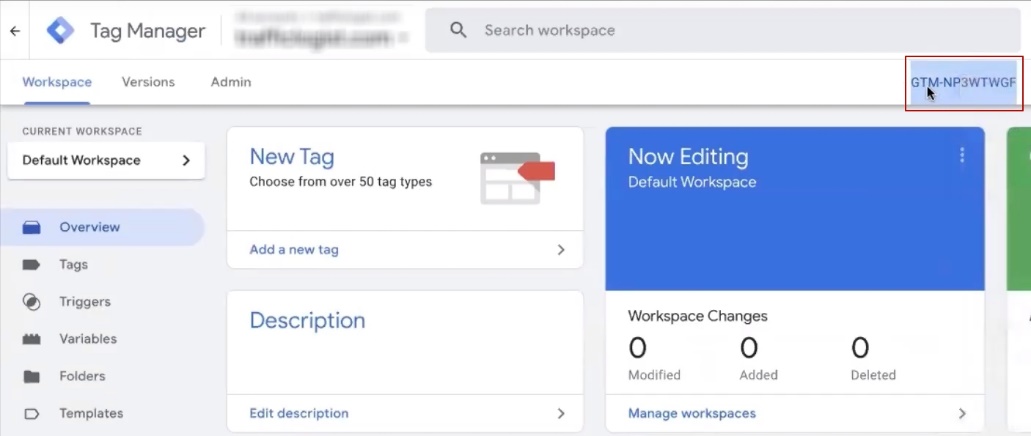
go back to the WordPress WooCommerce admin, go here, insert all the digital letter values.
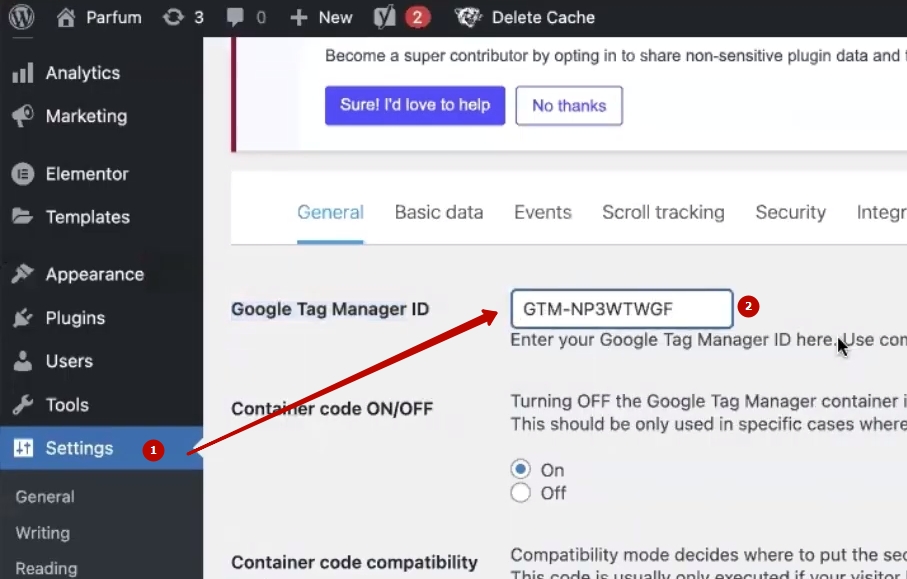
Setting up the GTM4WP plugin
Next, we go to the “Integration” section, go to the “WooCommerce” block, and check several important boxes. The first one is that everything we do should be tracked by e-commerce.

Next, Products for impression, the number 10 is automatically set. You can set a minimum of 5 positions, because we will adjust, everyone has different WordPress templates. Sometimes a lot of events are transmitted, sometimes a little. I will tell you everything in turn how to do it beautifully. If you need, I’ll give you a ready-made container that you can download, import into Google Tag Manager, and just enter your data as needed. If you do this, write in the comments to let me know that you need a ready-made container. I will tell you the whole chain of how everything is set up, so that if you have any questions, refinements, or other things, you can change something.

I need “Cart content”. I want automatic taxonomy for now. Let Google determine the automatic one. “Customer data”, “Order data”. I always exclude taxes from my income, because I want to operate with real profitability.
Let it be so. I exclude shippers if I need a clean income without shippers, without taxis, I tick the boxes. If you need a dirty income that comes in, you don’t have to check the boxes, you can choose for yourself.
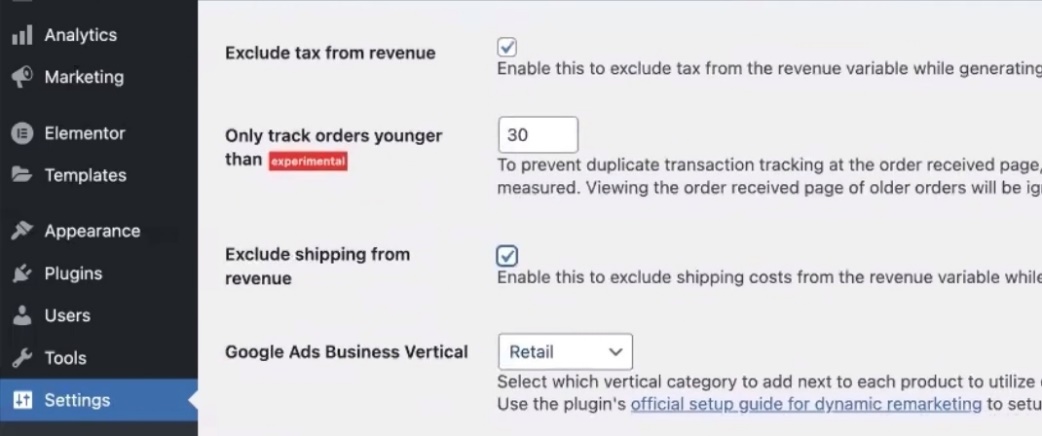
You need to select “Retail” in the block because there are education, airline tickets, for work, for various types of business. We are Retail
“Product ID prefix”. To understand whether it is necessary to put it, you need to return to the Merchant Center, go to “Products”, go to “All products” and look at the ID tag.

If there is a “gla” in addition to the numbers, I copy it and add it to the admin panel. I’ll tell you later why you will need it. I don’t specify anything else here and click “Save”.
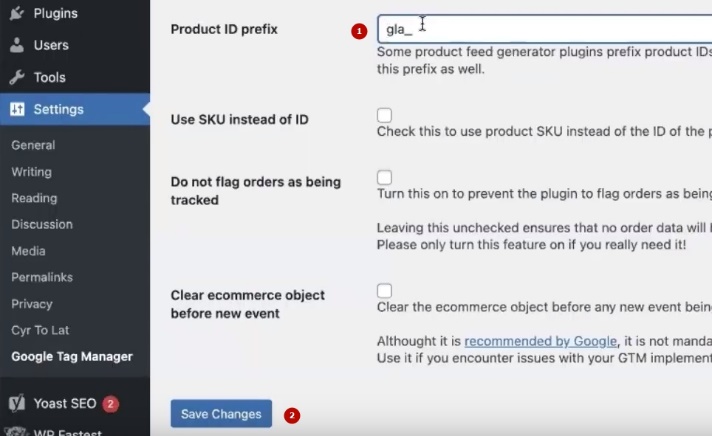
I would check this block again to make sure it was “ON”.

I check the code, click “Save changes”. We saved the changes. Next, be sure to return to Google Tag Manager, click “Submit”, “Publish”.
Export/import of ready-made Google Tag Manager container
Now the fun begins. For now, the container is completely empty. What do we do now? Let’s go back to the Thomas Giger plugin, go to “Integrations”, “WooCommerce” again, and then go to the Official Guide, scroll down, click on this inscription – the finished container.
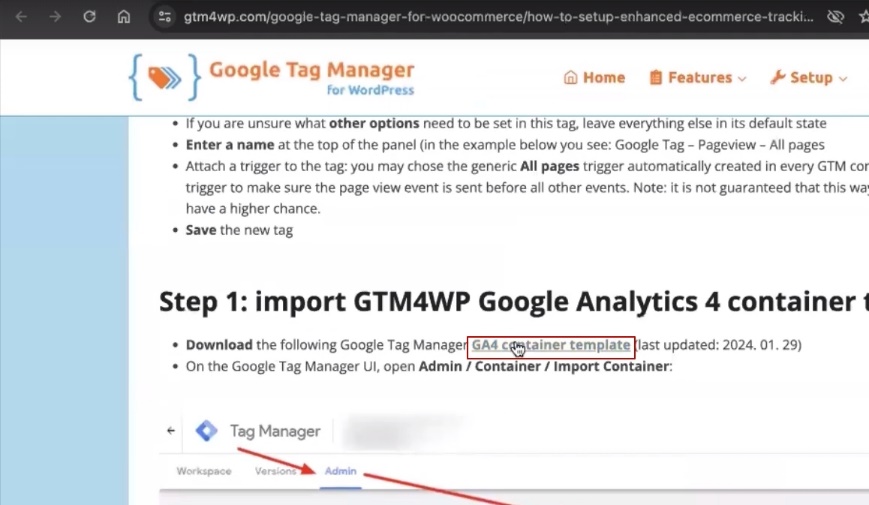
Right-click, click “Save As,” and confirm the save. It is directly saved in the desired format.
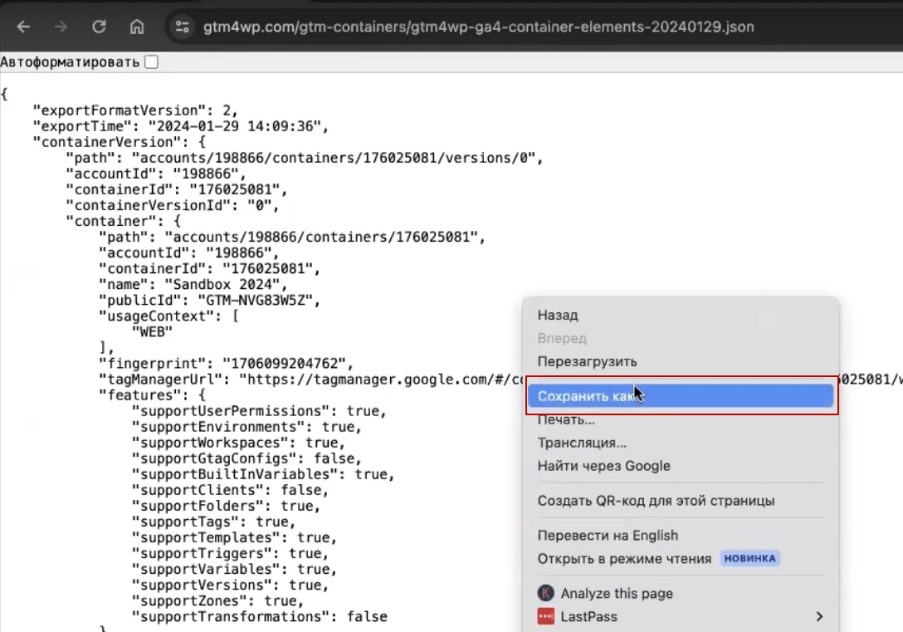
Next, be sure to go back to Google Tag Manager, go to the admin section, go to “Import Container”, select this thing that you just downloaded.
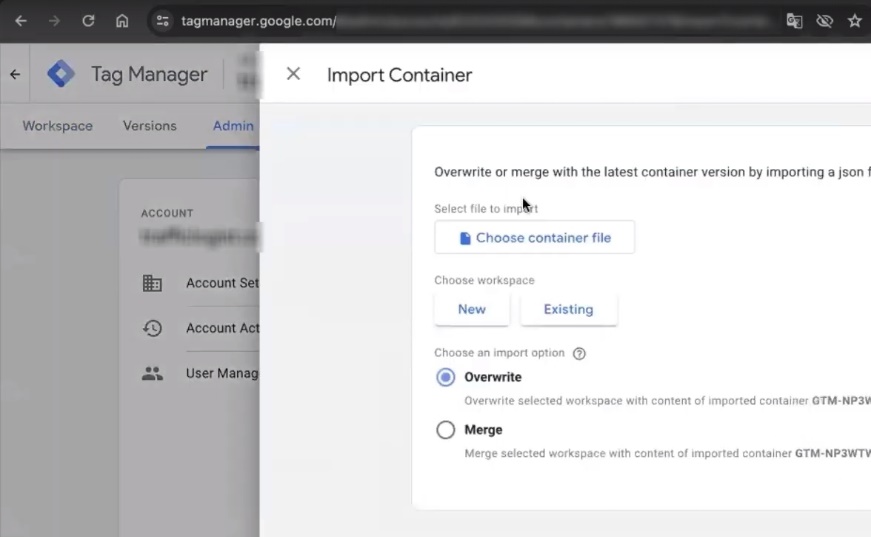
There are two options that Google Tag Manager offers next: load a container with content, because it will save a lot of time, into a new workspace or an existing one. I have a completely empty container, so I choose “Existing”. Then it will offer to overwrite it all or merge it. It’s completely empty. I’ll select “Overwrite”. If you previously had a Google Tag Manager and had something set up in it, select Merge.
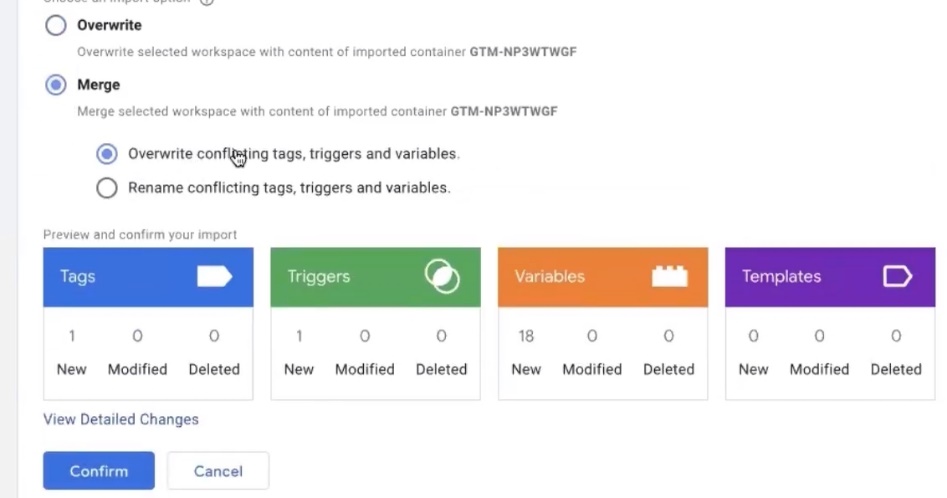
Choose the best option – overwrite the conflicting tags or rename them. I choose Overwrite. I confirm and see that it has already created a certain tag and a bunch of different variables. This will save a certain amount of time while we’re still tweaking.

Setting the Global Tag of the fourth analytics
Now you will also need to set the Global Tag of the fourth analytics. Remember, you created the analytics before.
How many calls and sales will I get by ordering contextual advertising from you?
I need to calculate the conversion of my website Describe
the task
in the application
Calculate potential ad revenue Google
contextual advertising calculator
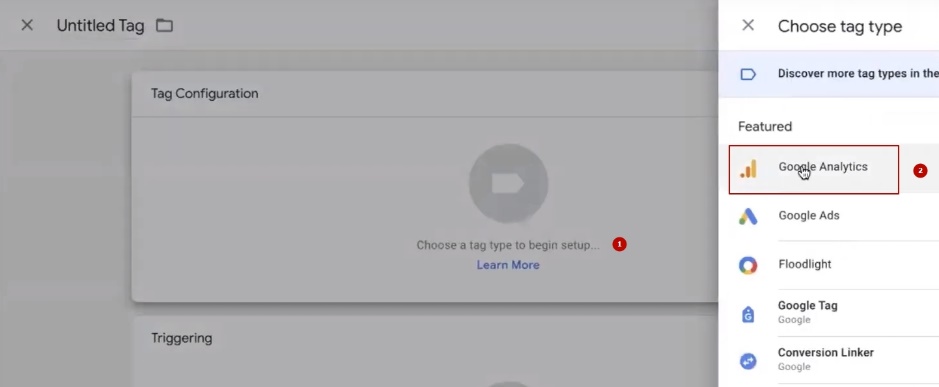
Click “Create Tag”, select Google Analytics, select Google Tag, return to our analytics, go to Data Flow ID, copy it.

Go here, paste this identifier.

Choose the triggers. If you doubt whether you are selecting them correctly or incorrectly, always refer to this manual. They recommend choosing the “Initialization” trigger. I’m explaining such nuances so that if something changes that differs from my video, you can always go back to the original source.
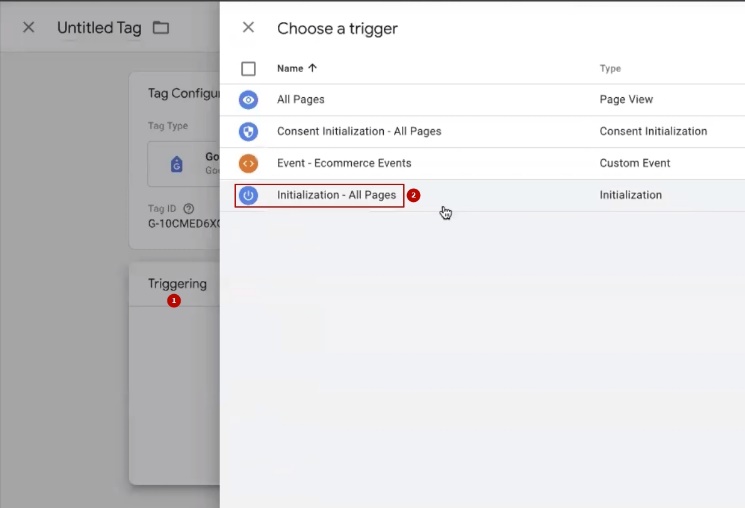
What comes next? GA4-id name. “Save”.
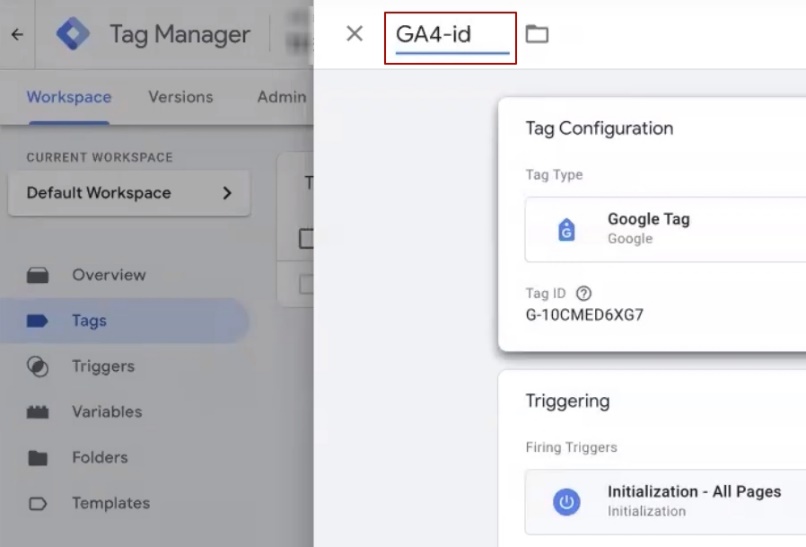
Next, go to this tag. Be sure to remove this thing and paste the code from the fourth analytics. I prefer to do this before the “Google Tag found in container” message appears. Save.

The result of the current installation and configuration of the fourth analytics
What have you done so far to understand the logic? Now you have a draft of the settings for further customization of the fourth analytics, which you will use or for the same recording of conversions of targeted actions on the site. You’ll want to see how many products were viewed and added to carts, what was bought. This is a cool report. I will show you an example of it using a Google demo account to understand how powerful it is. This will help you better understand which products are effective and which are ineffective.
Second. The fourth analytics will allow you to better understand how people interact with the site, and if something needs to be improved, in this context. This thing will not hurt.
The third way is that if you don’t want to make any further adjustments, you can use the conversion of a purchase directly from the fourth analytics to an ad account. To do this, let’s do a slightly different conversion.
To understand what we are doing now. For now, this is a draft that we are finalizing. Let me remind you that if you want a ready-made container to change only your IDs, write to me and I’ll download it directly.
Formalization of the test order
What are we going to do now? Now we’re going to make a test order. I’ll open a product card. I go to Google so manager. I click the “preview” button.

Next, I’m going to paste a link to the site and now we’re going to look at the next picture.
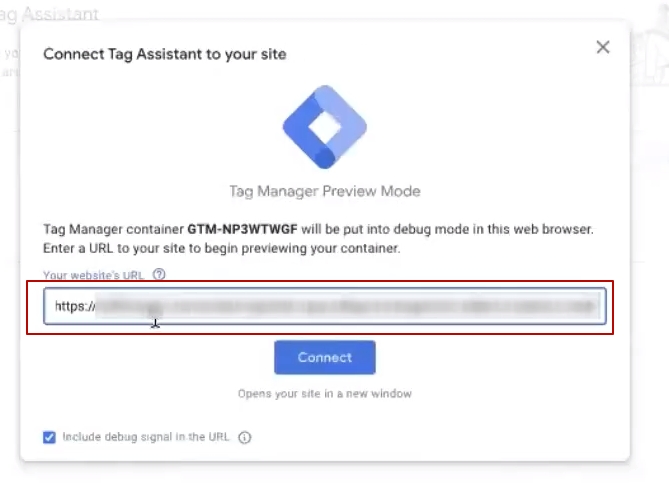
After the Tag Manager, at least two windows open. You see, this is a kind of debugger where we can see our codes. You see, the fourth analytics says that it has already been delivered through Google Tag Manager.

This is the window with the block “Debug information for this page is viewable in the Tag Assistant window”.
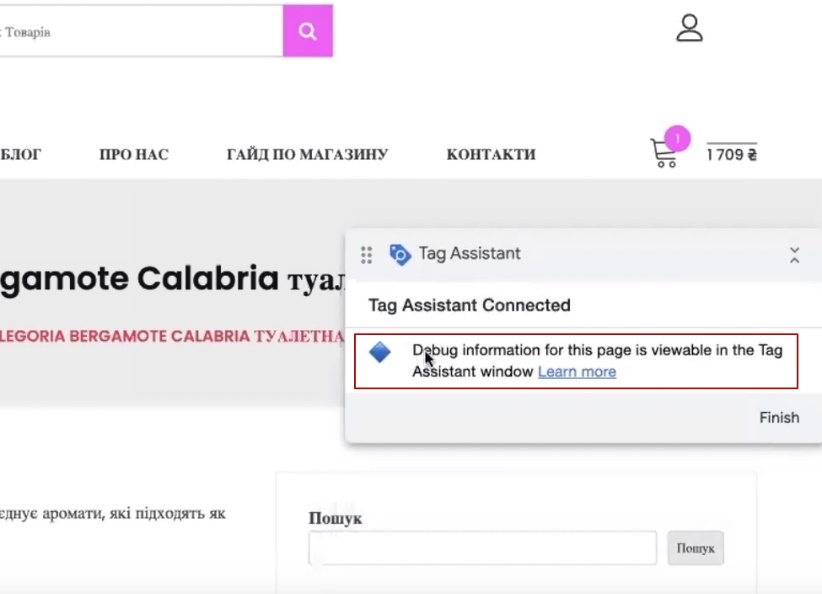
We are going to place a full test order in the window now. Why? To see what the codes are and whether anything needs to be corrected. Just go through the checkout steps. I’ll go through them as best I can. That’s it. You’re almost there.
See if the checkout page can be displayed with a whole set of data. Or maybe just “Thank you for your order”. It depends on the template. It may vary. Do as you like. Return to the tab you were on before. What are we looking for? Scroll down to the very bottom, what are we looking for? First, we look at our product card, if you remember. What are we looking for here? We are looking for events like view_item – once, view_item_list, add_to_cart.

What are these things? View_item is an event that will indicate in analytics that a person has viewed a product card. View_item_list – the fact that a listing was viewed. What listing was viewed on the product card? Usually, some similar ones or some users’ choices, different lists are pulled up. Everything belongs to the listings. Listings include the transition to a category. A bunch of products and this can be considered a listing. Let’s return here. Next, add_to_cart is the event of adding to cart. The rest is the same story – there is a cart view, checkout start, payment info, shipping info, purchase. This is now automatically included in our analytics.
View test order results in analytics
How to find out? Let’s click “Further” and “Home page”. You can accept everything, it won’t interfere with your eyes. Close this tab. Go to Administrator, then scroll to the very bottom. Find a thing called DebugView.

At first, it may quickly display information like this. It can be delayed for a few minutes, but it usually is. Scroll to the very bottom and see view_item. Let’s open it. What’s in it? Currency must be transmitted, it is important. Value (price of the product), it must match what was on the website. All other parameters can be larger or smaller as desired.
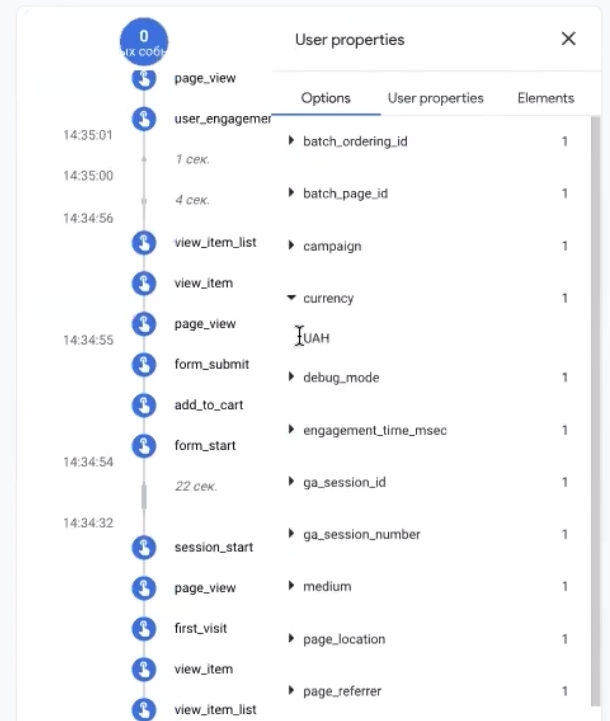
Items. You can see the product ID, quantity, name, category, and price. The price will be displayed in a rather strange way, so don’t pay attention to it. The main thing is that the value parameter should be nice.
The same is true in the view_item_list, only here there are more items. You see two items. Next, add_to_cart is the same story. In add_to_cart, it is advisable to check the value and the existing items. By the way, a question. There were two products in the cart, and now there is only one. The add_to_cart event should preferably be fired when the “Add to cart” button is clicked, not when the cart is viewed. Cart view is a separate event here. When you go here, the amount will be completely different. It looks like two items have been purchased. You can see 4010 products were added. Here is 4004.
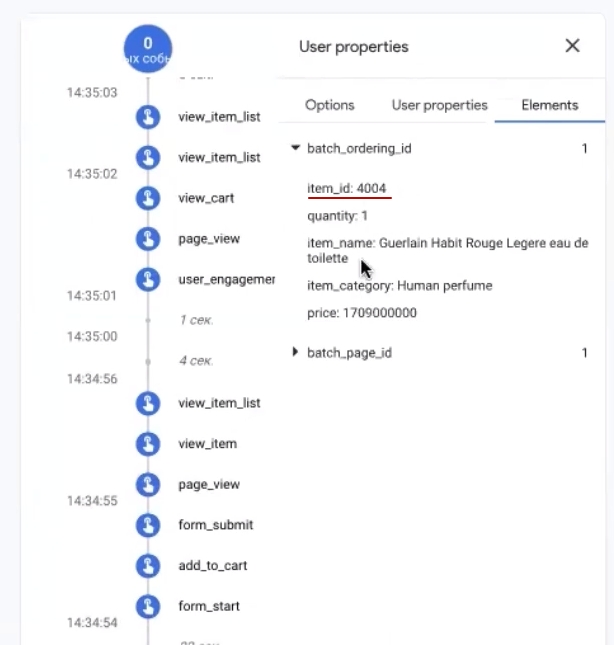
The story is the same with begin_checkout. You check that it matches what is specified, otherwise, as a result, the data will not match. There are two positions in begin_checkout. The same in payment_info, currency, value, elements.
“Shipping_info” is the same story, we check it. And “purchase”, our purchase. It is designated as green, because this is the main goal, the task of conversion. The “purchase” field must have a currency. Secondly, is there any shipping or not? It should be transmitted. Transaction ID 5304. It can be the same as the order number. Ideally, it should. It may be different, but the main thing is to know where this figure comes from. Sometimes people change different parameters, set different parameters. Everything has to match. And I always open the items. One item is bought and the other is also bought. The value is the same as 2564. Everything came together perfectly.
An example of the fourth Google analytics report
See what we’ve done? We set up the fourth analytics. What reports are now visible, what can be analyzed or viewed? I’ll show you an example of one report and what it looks like on a demo account. What is this thing for? Wait a minute, I’ll open the analytics now. I’ll show you the example of Google’s demo account. A demo account is an analytics tool that allows you to log in. It is aggregated on test data. Someone is testing the display of different reports. We can check it out here. The monetization block, Ecommerce purchases, what can we see here? We can see a list of products and their names.
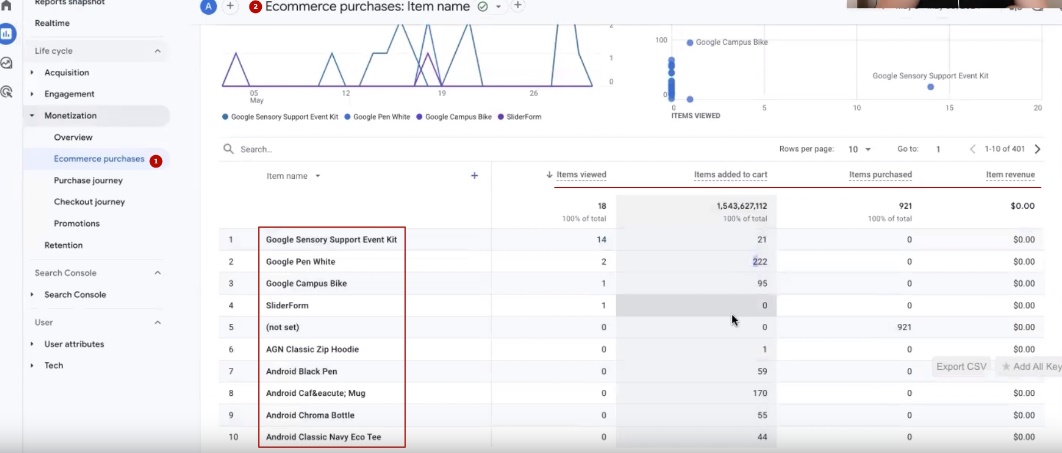
What can we see? The coolest reports – we can see how many products were viewed by view_item. We looked at it. Then these view_items were added to the cart a total of how many times. See, test data. They may or may not be logical. Not critical. And purchased goods.
And, accordingly, “revenue”. As you can see, Google has problems with revenue, with the transfer on its test accounts. For revenue to be counted, you need to have a “currency”, I emphasize this here. This kind of report is one of the coolest, coolest ones, you can analyze what is happening with the goods. There are a bunch of different reports, you can spend time looking at them separately, and so on.
About possible duplication of events
Let’s return to Google Tag Manager. The fourth analytics is done. Look, there is a nuance. After duplicating an event, there will be a lot of view_item or view_item_list – it depends on the website template you use, on the types of plugins you use for analytics. There are many of them. I recommend watching another video on how to avoid duplicate events. I will try to put it either in the video description or as a hint.
If the picture is different from the one I suggested, we reviewed it, just corrected it, logically correct. Everything is fine. There are no duplicates except for view_item_list, but I’m leaving it that way for now. The fourth analytics is set up, great, great.
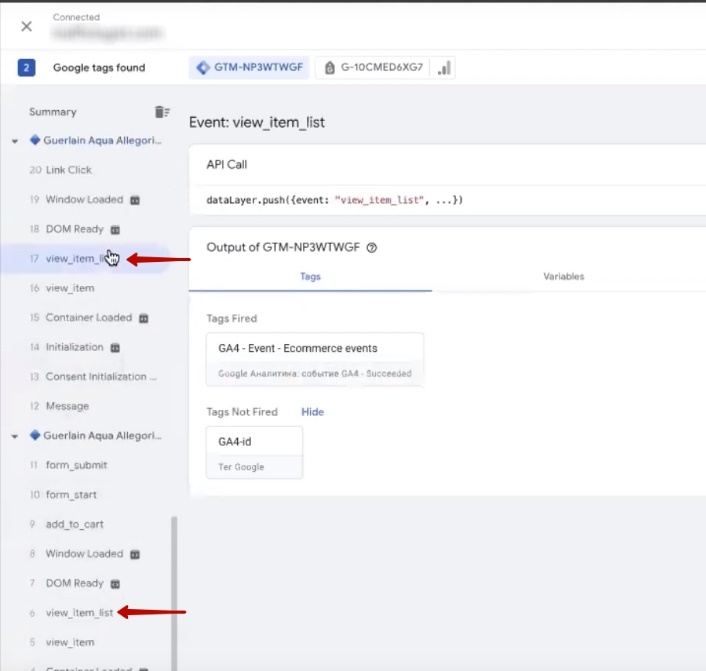
What’s left to do? Don’t forget to publish the container, you can name it a version, let’s say GA4. We have closed the issue with analytics. Now it will start recording all the data.
Selecting an identification method
What do I need to fix in my Google Analytics profile? At the moment, after the video, if you want, you can look at this information in your analytics demo account. I recommend that you click “show all” in the identification methods here and select “Device-based”, the last block. “Confirm.” This will record the data in a slightly different way.
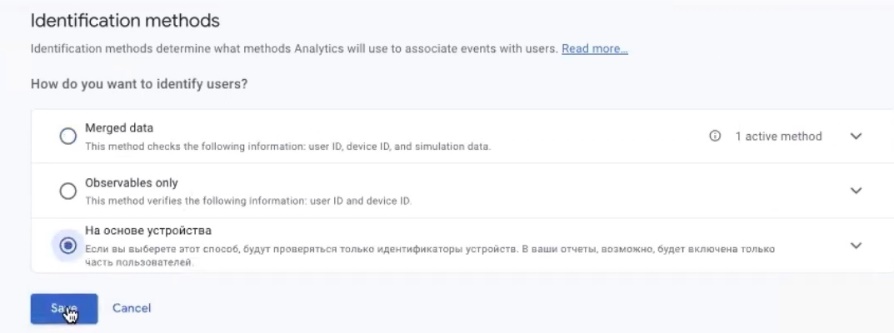
Results. Preview of the next video
In addition, you need to link the fourth analytics to Google Ads. How to do it? I will describe it in the next step, when we start creating a Google Ads account.
We’re done with analytics for now. We’re moving on to the next stage of setting up other things.


















